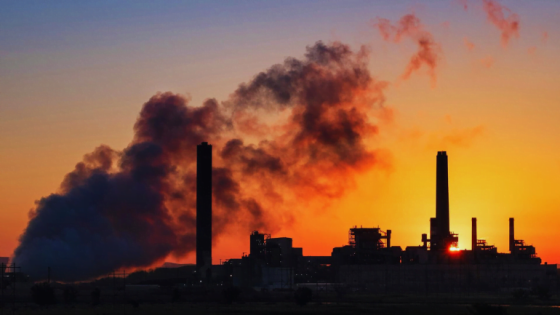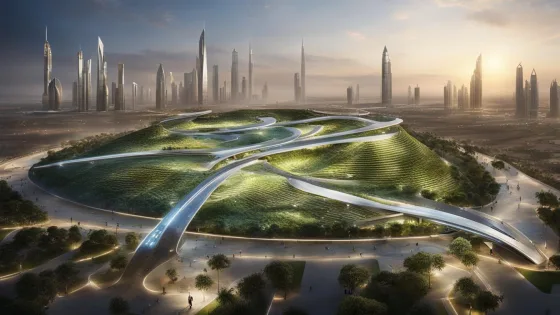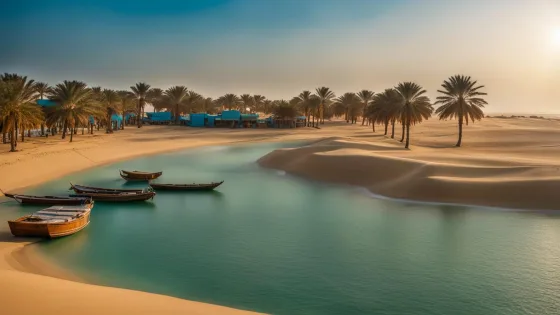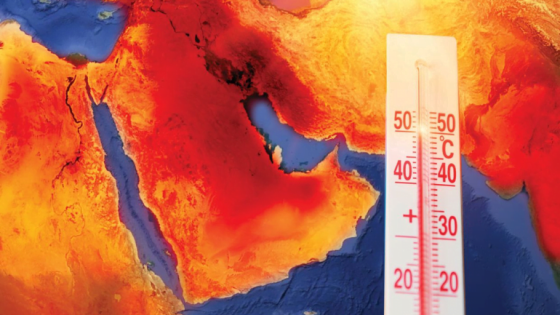Contents
Air pollution is a major problem at the local and global levels, and the UAE is no exception. The country has seen a significant increase in air pollution over the past few decades, with industrialization and urbanization being the primary culprits. The combination of hot, environmental climate change, high humidity, and dust storms exacerbates the problem, leading to serious health concerns for residents and visitors alike. Learn more about UAE air pollution, causes, sources and all you need to know.
UAE air pollution overview
According to the World Health Organization (WHO) study, air pollution is the cause of more than 6 million annual deaths worldwide from exposure to indoor and outdoor air pollution. In the United Arab Emirates, this is also a major concern, with levels of particulate matter, nitrogen dioxide, and sulfur dioxide exceeding safe limits in many areas. These air pollutants can cause environmental problems, heart disease, and other health issues.
Most polluted cities in United Arab Emirates
According to the World Air Quality Index report, the most polluted cities in the UAE are Dubai and Abu Dhabi. However, it’s worth noting that the air quality in these cities is still considered to be within the moderate range, with occasional spikes in pollution levels. Other cities in the UAE, such as Sharjah and Ajman, have also experienced high levels of air pollution in the past. Overall, the UAE government has implemented a number of policies and initiatives aimed at reducing air pollution and improving air quality across the country.
Read more: UAE climate
Sources of UAE air pollution
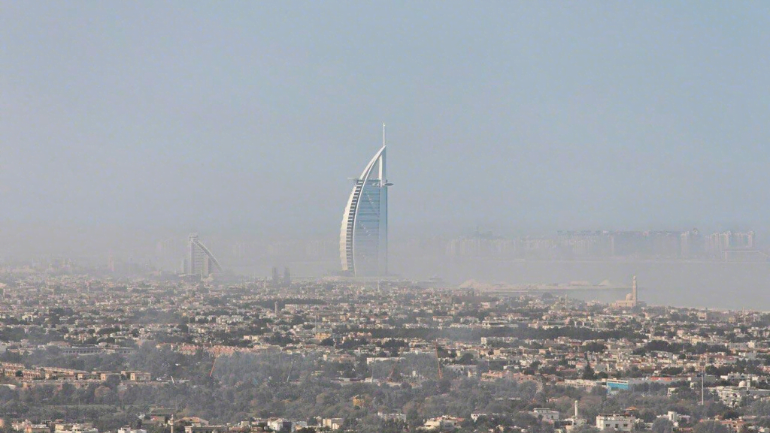
The United Arab Emirates is a rapidly developing country that has seen significant economic growth in recent years. However, this growth has come at a cost, as the country has also experienced a rise in air pollution in Abu Dhabi and Dubai. The causes of UAE’s air pollution are diverse and can be categorized into two main categories: natural and human-made.
Natural sources of UAE air pollution
Natural sources including dust storms and sandstorms. These events are common in the arid climate of the region and can release large amounts of particulate matter into the air. This can have a significant impact on air quality, particularly in urban areas where the dust can mix with vehicle exhaust and other pollutants.
Human-made sources of UAE air pollution
These sources are also significant and include:
- Industrial activities:
such as the oil and gas industry, manufacturing emissions, and construction are major contributors to UAE air pollution. These activities release large amounts of particulate matter, nitrogen oxides, and sulfur dioxide into the air
- transportation:
Transportation is another major contributor to less air quality in the UAE. Vehicle exhaust releases pollutants such as carbon monoxide and nitrogen oxides.
- Energy production:
It is also a significant source of air pollution in the UAE. The country relies heavily on fossil fuels to generate electricity, which releases large amounts of carbon dioxide and other pollutants into the atmosphere.
Read more: UAE visit visa
Uae air pollution effects on human
Air pollution in the UAE threats human health and has serious unhealthy impacts. Such as:
- asthma.
- bronchitis.
- lung cancer.
- heart disease.
- diabetes.
- negative impact on mental health.
- depression.
- anxiety.
In addition, the effects of air pollution are particularly pronounced in vulnerable populations such as children, the elderly, and those with pre-existing health conditions. Therefore, it is crucial to address air pollution in the UAE to protect the health and well-being of its citizens.
Controlling UAE Air Pollution
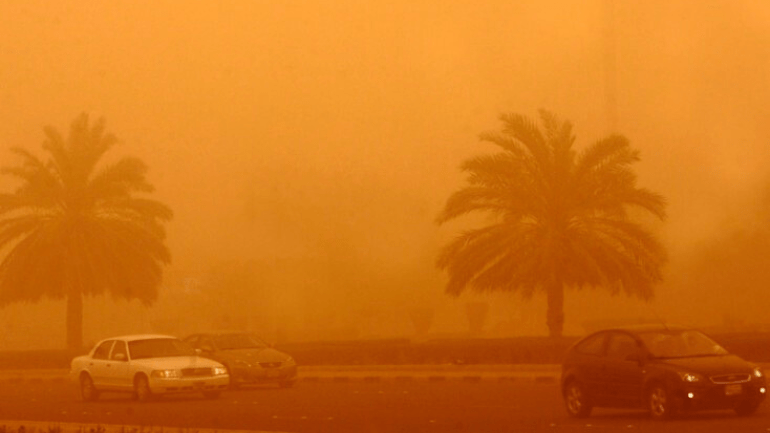
In the UAE, there are several initiatives and measures in place to control air pollution. The agenda vision aims to raise air quality from its present level to 90% by 2024. to achieve this goal, the ministry of environment is working hard to bolster national efforts through many means:
- Improving public transportation; the UAE government is investing in public transportation infrastructure, such as the Dubai Metro and Abu Dhabi’s Bus Rapid Transit system, to encourage people to use public transport instead of cars.
- Promoting clean energy; the country is investing heavily in renewable energy sources, such as solar and wind power, to reduce reliance on fossil fuels.
- Implementing emission standards; The United Arab Emirates has strict emission standards for vehicles and industries to reduce the amount of pollutants released into the air.
- Increasing green spaces; by investing in creating more green spaces in urban areas to absorb pollutants and improve air quality.
- Encouraging sustainable practices; the UAE is promoting sustainable practices such as recycling, reducing waste, and using eco-friendly products to reduce pollution.
- Educating the public: The government is educating the public on the harmful effects of air pollution and how they can contribute to reducing it.
- Air quality strategy; The UAE has established a network of air quality management monitoring stations across the country to regularly monitor air quality and take action when levels of pollutants exceed safe limits.
Read mor: UAE student visa
How to Help Reduce UAE Air Pollution
As an individual you can help reducing UAE air pollution by working on the following steps:
- Reduce car usage; Walking, cycling, or using public transport instead of driving a car can significantly reduce air pollution.
- Using energy-efficient appliances at home can help reduce the amount of energy consumed and, in turn, reduce air pollution.
- Plant trees that absorb carbon dioxide and other pollutants from the air. Planting trees and maintaining green spaces can help reduce UAE air pollution.
- Proper disposal of waste can help reduce air pollution. Burning waste releases harmful pollutants into the air, so it’s important to dispose of waste properly.
- Using eco-friendly products that do not contain harmful chemicals can help reduce air pollution.
- Supporting clean energy sources like wind and solar power can help reduce air pollution caused by fossil fuels.
- Educating others about the importance of reducing air pollution can help raise awareness and encourage more people to take action.
Does UAE have bad air quality?
Yes, UAE has been recorded to have high levels of pollution, especially during the summer months
In conclusion, uae air pollution is a serious problem that requires urgent attention. While progress has been made in recent years, much more needs to be done to ensure that the air we breathe is safe and healthy for everyone. By working together, we can create a cleaner, more sustainable future for the UAE and the world.
